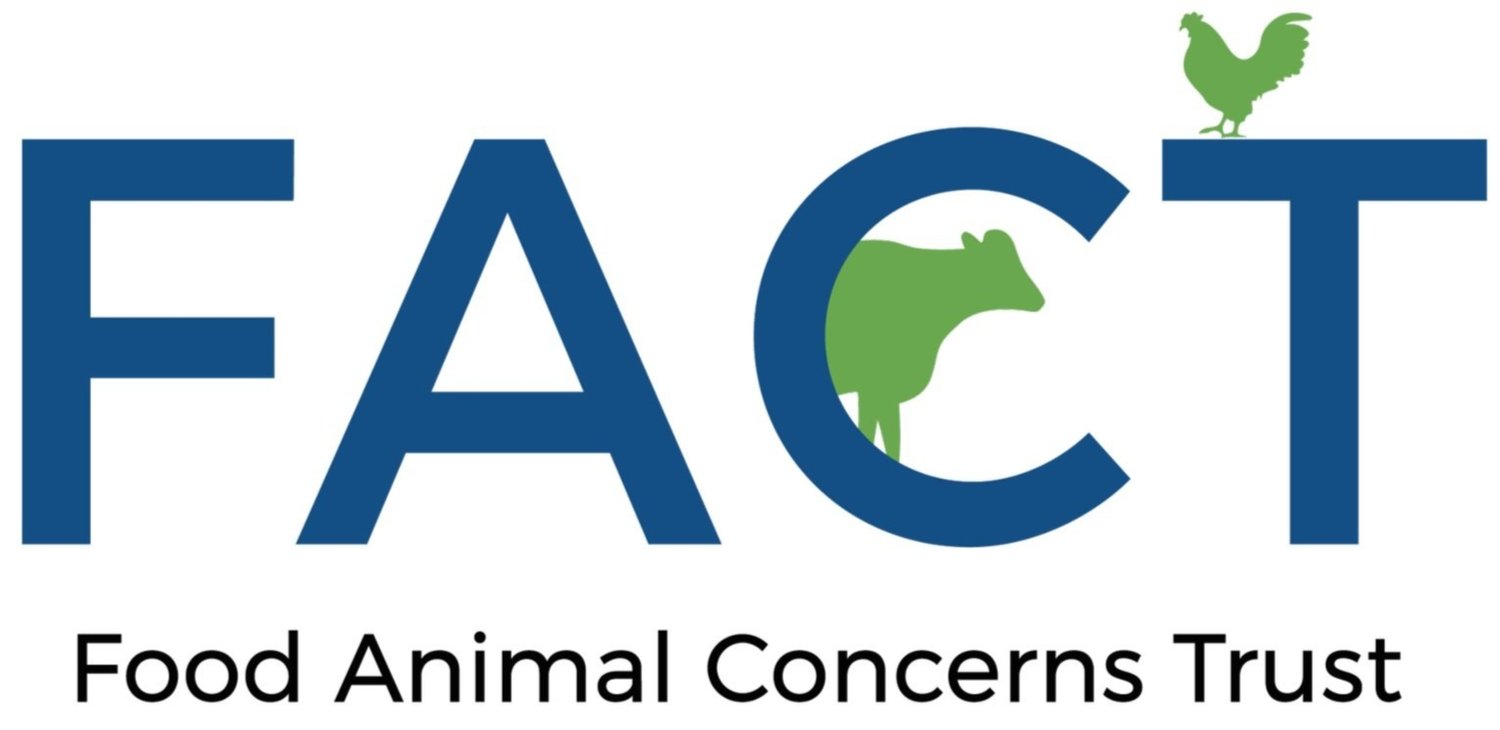Not all Cows are Made Alike
By Samantha Gasson, Humane Farming Program Manager
As you might have heard June is National Dairy Month which gives us at FACT the excuse to celebrate all the lovely dairy farmers in our humane farming community.
As a small-scale dairy farmer myself I love having a month devoted to these beautiful beasts. You can really get to know an animal that needs to be milked daily, their quirks, their favorite spot to be scratched and when something isn’t quite right. Dairy animals are a joy to raise, no matter the species.
We are like most farmers in FACT’s humane farming community and raise our dairy animals out on pasture allowing them to soak up the sun with the freedom to roam looking for comfortable spots to ruminate.
Because dairy ladies are out and on “display” we often hear from the farmers in our network about reports to PETA or the county animal control service about their supposedly thin and presumably neglected animals, especially in dairy cattle.
When most people think of cows their minds go back to when they were last out driving around the countryside seeing big black, brown and red beasts munching on grass, all rounded hips and full bellies. When first encountering a dairy animal it’s natural to look at their lean, angular frame and think of them as thin at best or emaciated at worst when most of your bovine experience is a beef cow.
I love it when the topic of thin cows comes up (to be honest, I love any chance to talk about cows in general and dairy cows in particular). I always start with a photo I have from Hoard’s Dairyman of a Grand Champion Jersey, a beautiful animal although a little more on the thin side than I prefer our girls to be.
Below are two photos showing the cream of the crop in the dairy and meat cow worlds.
On the left is a Grand Champion Jersey milk cow with a Grand Champion Red Angus female on the right. These two animals couldn’t look more different, and they are both in good body condition.
The average jersey cow weighs 900lbs compared to an average weight of 1100lbs for a red angus cow even though they are of similar shoulder height. The focus with a dairy animal is their udder and milk production whereas the focus on a beef breed is bulk and muscle mass. Dairy cows put on fat differently and can have serious reproductive and health issues if allowed to look like a meat cow.
So, the next time you’re out driving around the countryside and spot a herd of cows ruminating, take a good look, and see if you can tell if they’re a dairy or beef animal. Just think of how impressed the rest of the vehicle will be when you tell them not all cows are made alike.
Photo credit: 2022 Fund a Farmer grant recipients Collins Farm and Mayday Farms



